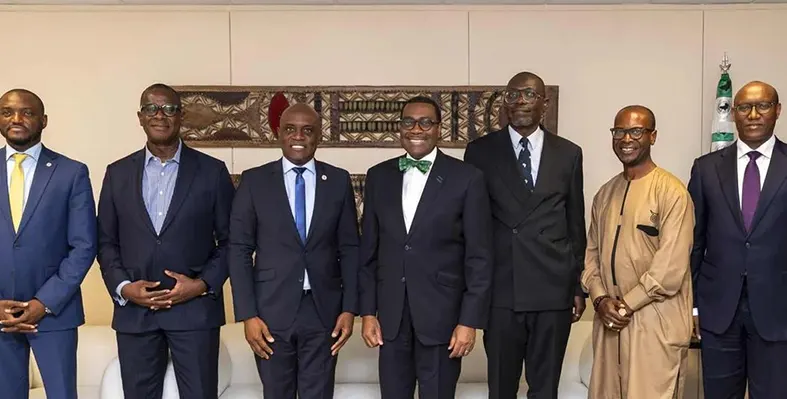China’s Huawei has outlined how its latest energy technology has helped telecom operators in Africa maintain more stable power systems in the face of evolving challenges
The company recently showcased in Dubai its next-generation digital site power facility solution, Single SitePower, which, it claims, is set to drive the intelligent transformation of ICT energy infrastructure across Africa.
According to James Chen, president of Huawei's Carrier Business, the levelised costs of electricity (LCOE) of solar systems and batteries keep declining, and their payback periods have become shorter, presenting “tremendous opportunities” for operators and tower companies to achieve a green energy transition.
In a statement, the company noted that global operators and tower companies are facing a wide range of energy challenges, including rising demand.
The communications industry consumes 2.5% of the world's electricity, it noted, with base stations accounting for over 60%. Along with the rapid development of new technologies such as AI, network traffic and energy consumption are surging.
Additionally, power shortages, ageing infrastructure and natural disasters put immense strain on network resilience and evolution.
“To help overcome these challenges, the Single SitePower solution leverages technological innovations to build four intelligent synergy systems,” the statement read, “helping operators build simple, green, resilient, and safe sites.”
Power-Grid Synergy: Huawei's iGrid grid adaptation technology helps base stations run stably even in the case of frequent power outages and weak grids. “In Africa, the technology has helped operators improve the site power availability (PAV) from 60% to 99.9% in areas with frequent power outages,” the statement added.
Solar-Battery Synergy: Based on Huawei's iSolar green site solution, solar systems and lithium batteries can be deployed at sites to ensure diverse energy supplies, reducing the risk of site breakdown due to external energy environment changes. “Moreover, the Solar-Battery Synergy technology enables the 100% integration of surplus solar energy,” it noted, “increasing the energy yield by 55% compared with the traditional solution.”
Power-RAN Synergy: Huawei's adaptive power backup technology doubles the power backup time for communication services without changing the battery configuration. In Europe, it reported that the solution has helped operators cope with large-scale power outages, with the power backup time drastically extended from 2.5 hours to more than seven hours.
Power-Service Synergy: Huawei's O&M management system integrates AI diagnosis to implement proactive analysis, risk prediction, precise fault locating, rapid root cause analysis, and precise energy scheduling. This improves network O&M efficiency and fault recovery speed, enhances network resilience, and reduces OPEX by 50%.
Read more:
Lagos, Huawei advance smart transport systems





















